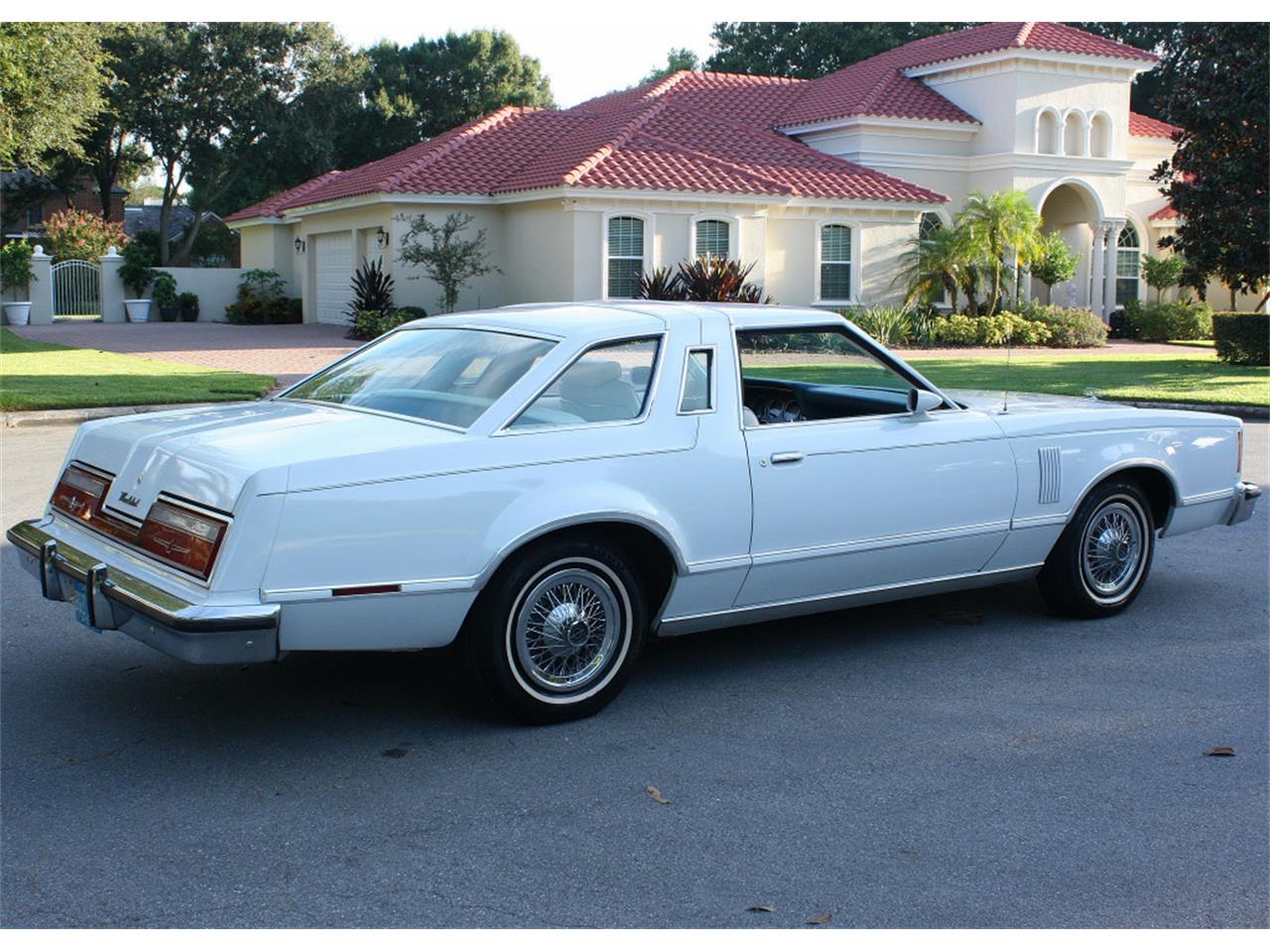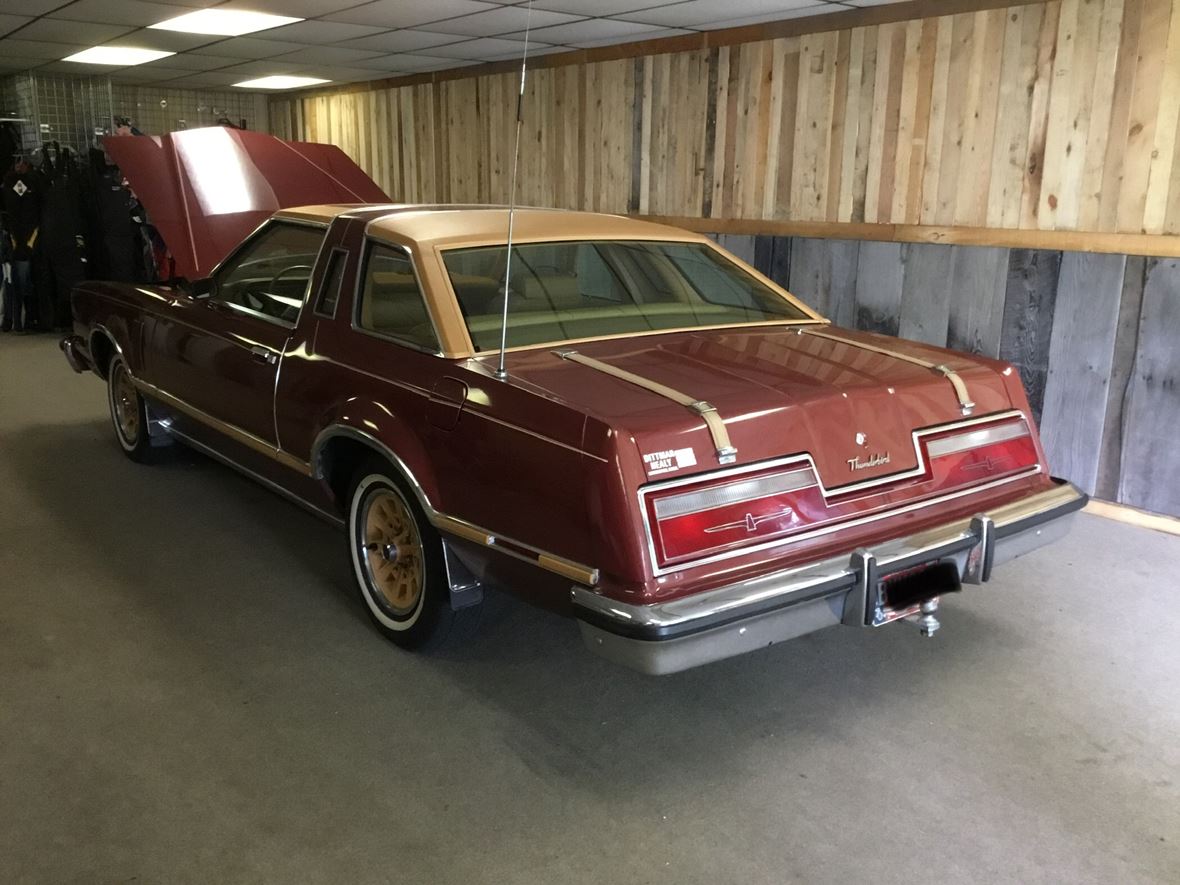
While the hydraulic system is not often a cause for trouble, electrical relays are known to fail. The system consists of solenoids, relays, limit switches, electric motors, and a hydraulic pump/reservoir, as well as several hydraulic directional valves and cylinders. This design could present challenges for troubleshooting a convertible top malfunction. No separate boot cover was needed between the back of the rear seat and the trunk lid when the soft top was retracted. The forward end of the trunk lid contained a metal panel that extended upward to cover the area in which the top is stowed. The trunk lid was rear-hinged that raised and lowered by hydraulic cylinders during the convertible top's up and down cycle. This design reduced available trunk space when the top was down. While these Thunderbird models had a true convertible soft top, the top was lowered to stow in the trunk area. The second- to fourth-generation Thunderbird convertibles were similar in design to the Lincoln convertible of the time and used a design from earlier Ford Skyliner hardtop and convertible models. From its introduction in 1955 to its final phaseout in 2005, Ford produced over 4.4 million Thunderbirds. Production of a revived two-seat Thunderbird was launched for the 2002 model year and continued through the 2005 model year. Thunderbird production ceased at the end of 1997. Sales were good until the 1990s when large two-door coupes became unpopular. Succeeding generations became larger until the line was downsized in 1977, again in 1980, and once again in 1983. For 1958, the Thunderbird was redesigned with a second row of seats.

Ford positioned the Thunderbird as an upscale model and it is credited in developing a new market segment, the personal luxury car.


Unlike the Chevrolet Corvette, it was not marketed as a sports car. The Thunderbird entered production for the 1955 model year as a sporty two-seat convertible. From 1968 through 1998, Lincoln-Mercury marketed rebadged variants of the Thunderbird as the Continental Mark III, Mark IV, Mark V, Mercury Cougar, Lincoln Mark VII, and Lincoln Mark VIII. This class of cars was positioned to emphasize driving comfort and convenience features over handling and high-speed performance. These included a four-seat hardtop coupe, four-seat convertible, five-seat convertible and hardtop, four-door pillared hardtop sedan, six-passenger hardtop coupe, and five-passenger pillared coupe, with the final generation designed again as a two-seat convertible.įord targeted the two-seat Thunderbird as an upscale model, but the 1958 model year design introduced a rear seat and arguably marked the expansion of a market segment eventually known as personal luxury cars. Introduced as a two-seat convertible, the Thunderbird was produced in a variety of body configurations. The Ford Thunderbird (colloquially called the T-Bird) is a personal luxury car produced by Ford from model years 1955 until 19 until 2005 across 11 distinct generations.


 0 kommentar(er)
0 kommentar(er)
